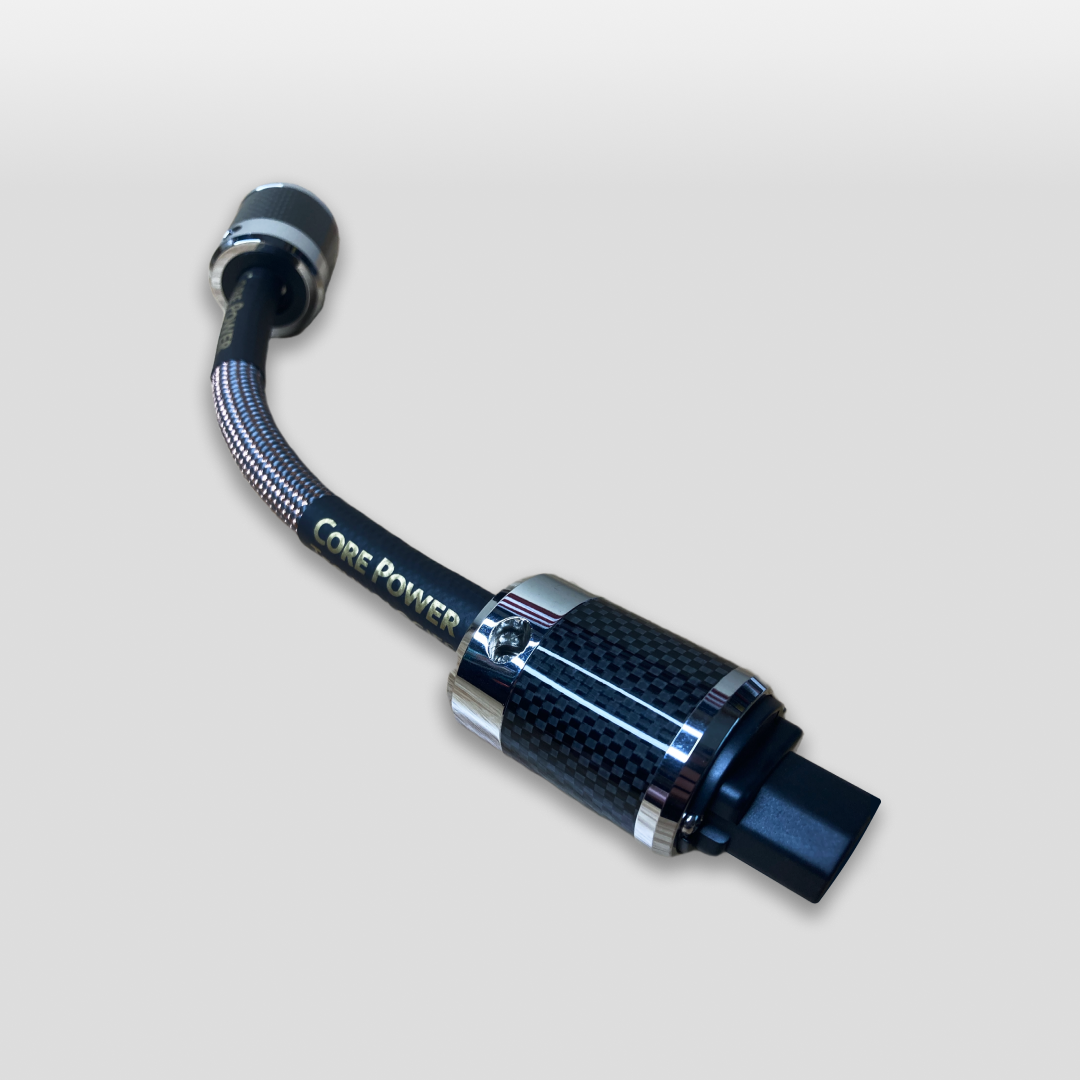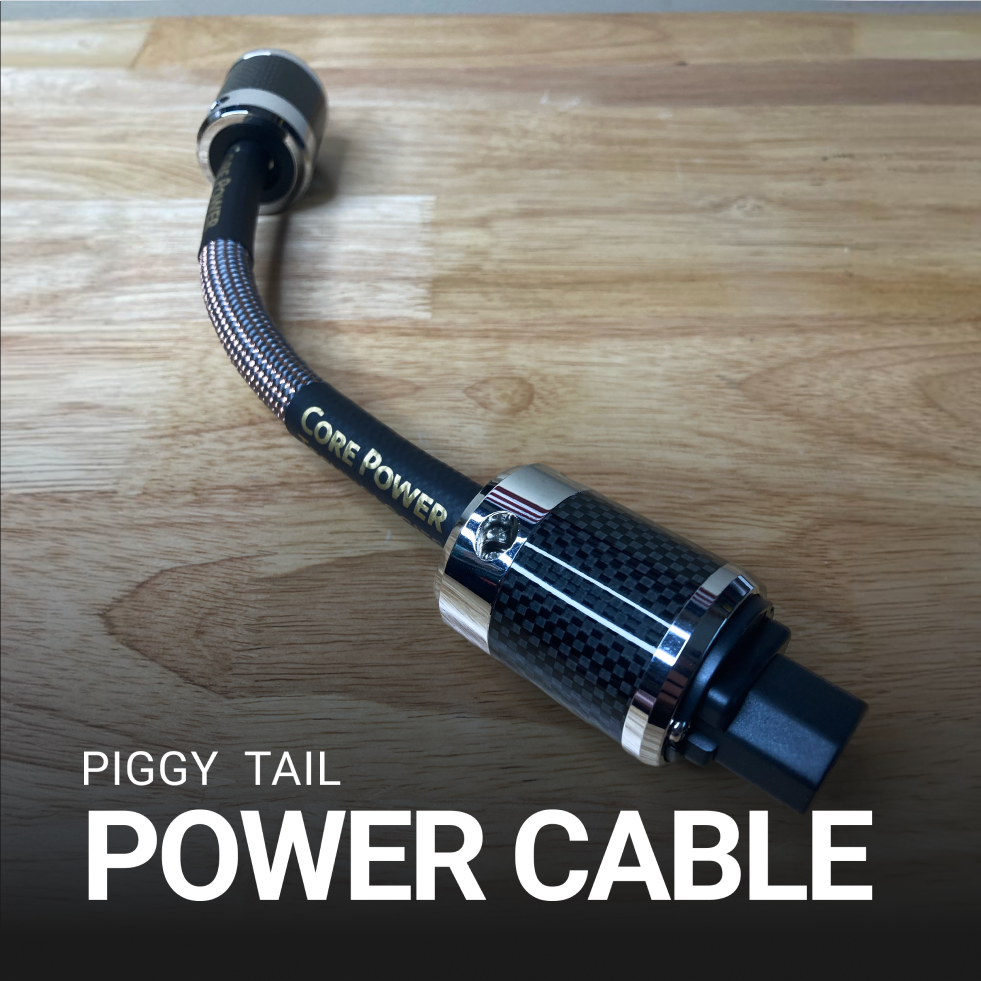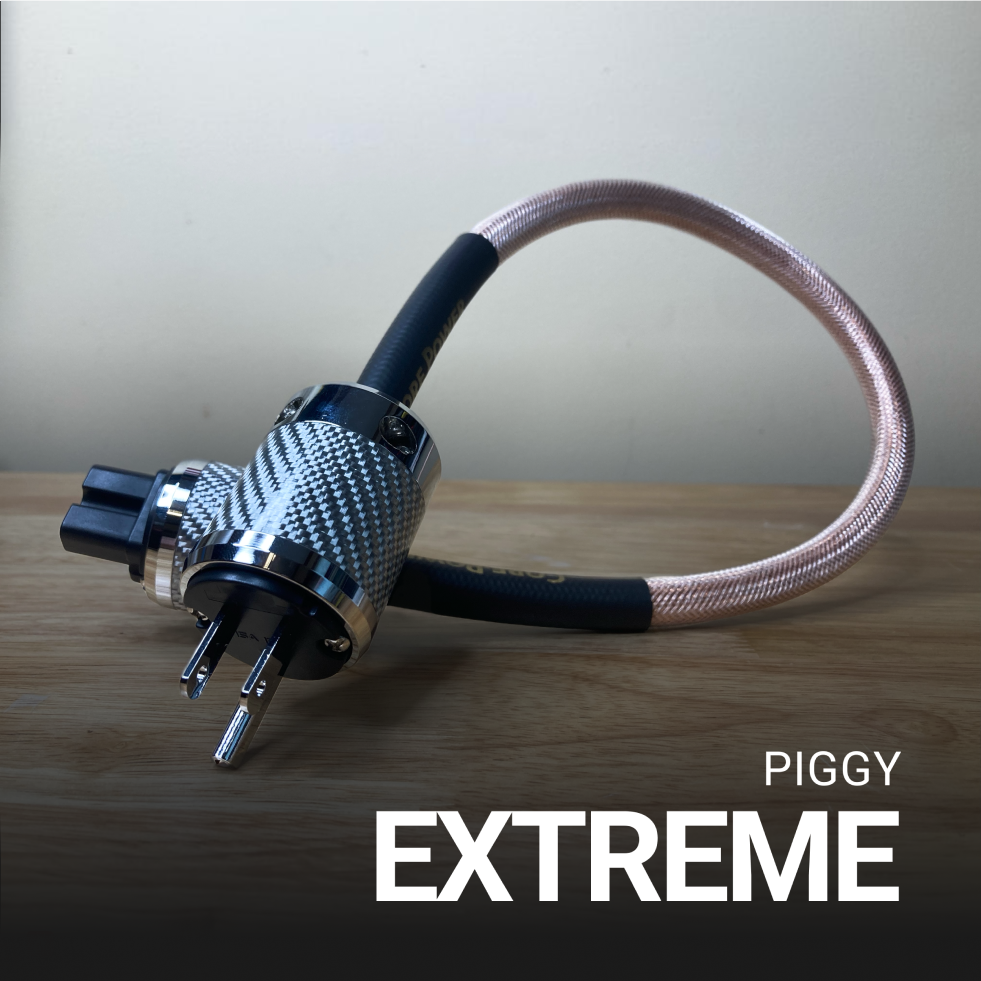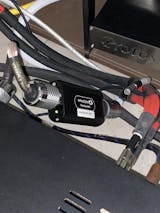Vera-Fi Audio LLC
Piggy Tail Power Cables
Piggy Tail Power Cables
Couldn't load pickup availability
Note: Shipping times for Swiss Digital Fuse Box can take 3 to 5 days.
When purchasing please select the Fuse Rating, Type and Sluggo of your choice. If your fuse rating is not listed, please select "Other" and send us a message with value using the contact form at checkout.
SDFB Price Update (November 1, 2024)
SDFB Price Update (November 1, 2024)
The Swiss Digital FUSE BOX has been an around-the-world massive success. We are all very grateful for the faith and trust you placed in us with SDFB and it’s ancillary products. Thank YOU!
Unfortunately, we must raise the price. On the 1st of November 2024. Costs are going through the roof, and we’ve done our best to not come to this point... but here we are:
- Swiss Digital Fuse Box from $395/unit to $495/unit
- Piggy Tail from $99 each to $125 ach
- Super Piggy Tail from $149 each to $175 each
- Extreme Piggy Tail from $199 each to $249 each
- Sluggos No Price Increase
- Swiss Digital Fuse Box Max from $450/unit to $595/unit
Product Description
Product Description
Our Piggy Tails are high performance, short interconnecting power cables for use with Swiss Digital Fuse Box or other high current power delivery products only requiring a short distance.

Piggy Tail - Our base model is a 1ft power cable constructed from 9 separate cores of 16-gauge 8N oxygen-free copper, each plated with 70 microns of extruded pure silver. Designed for ultra-low resistance and uncompromised signal integrity, this cable ensures your system benefits from stable, noise-free power without unnecessary bulk.

Super Piggy Tail - Stepping up from the base model, the Super Piggy Tail refines and expands upon its predecessor with even greater efficiency. Built with 3 cores conductor shaft with built-in oversized high-purity silver-plated oxygen-free high thermal conductivity (OFHC) square core copper + multi-strand pure copper, it delivers lower resistance, improved current flow, and even better shielding against electrical interference. Ideal for systems demanding more refined dynamics and an even lower noise floor.

Extreme Piggy Tail - For those who demand the absolute best, the Extreme Piggy Tail takes performance to another level. Available in 1ft length only, it doubles the number of silver-plated oxygen-free copper cores for even lower resistance and superior current capability. The result? Tighter bass, improved transient response, and effortless power delivery to high-current components.
Try the Piggy Tail Power Cables for yourself in your own home. All products sold by Vera-Fi Audio are covered by a 30-day money back guarantee should you be dissatisfied in any way.
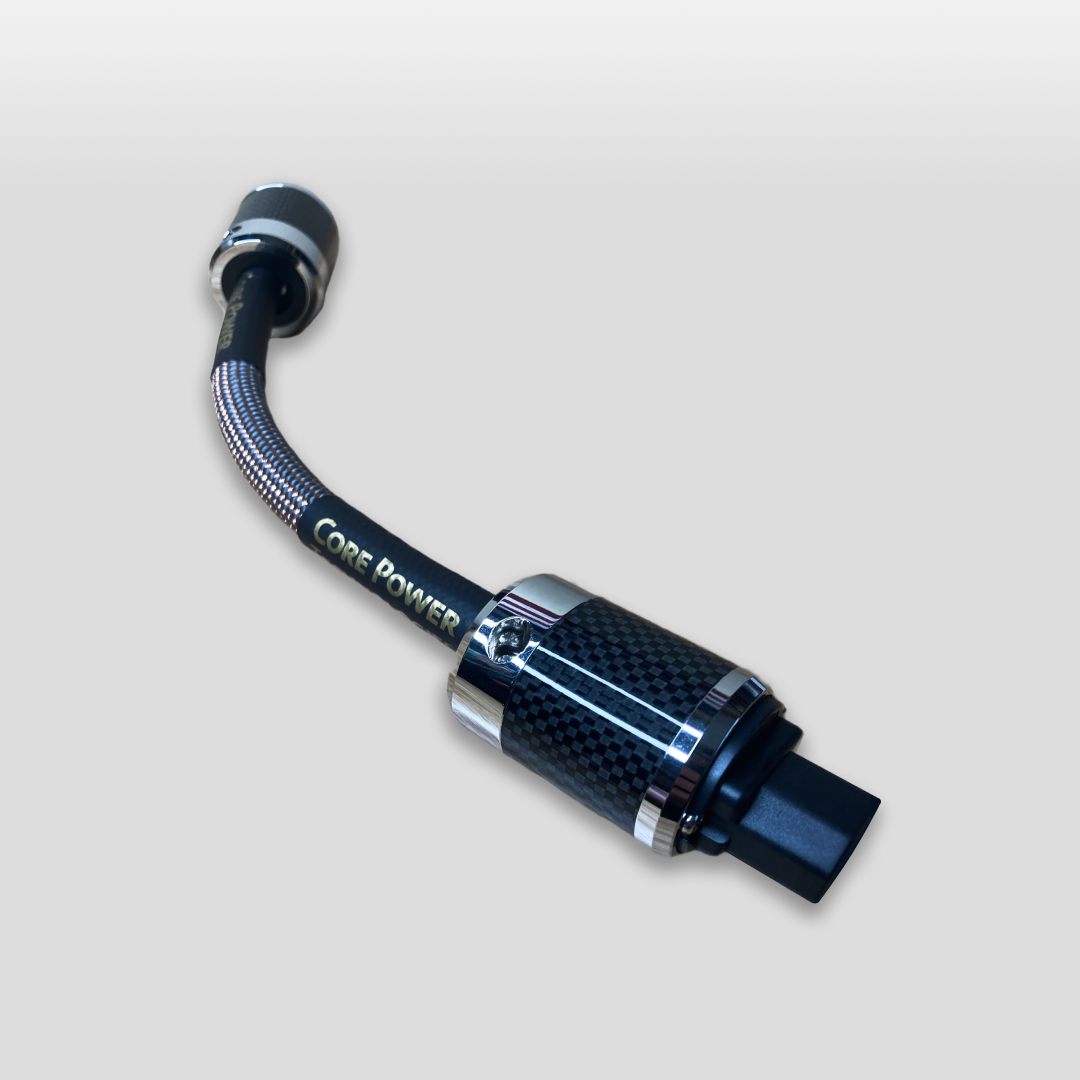
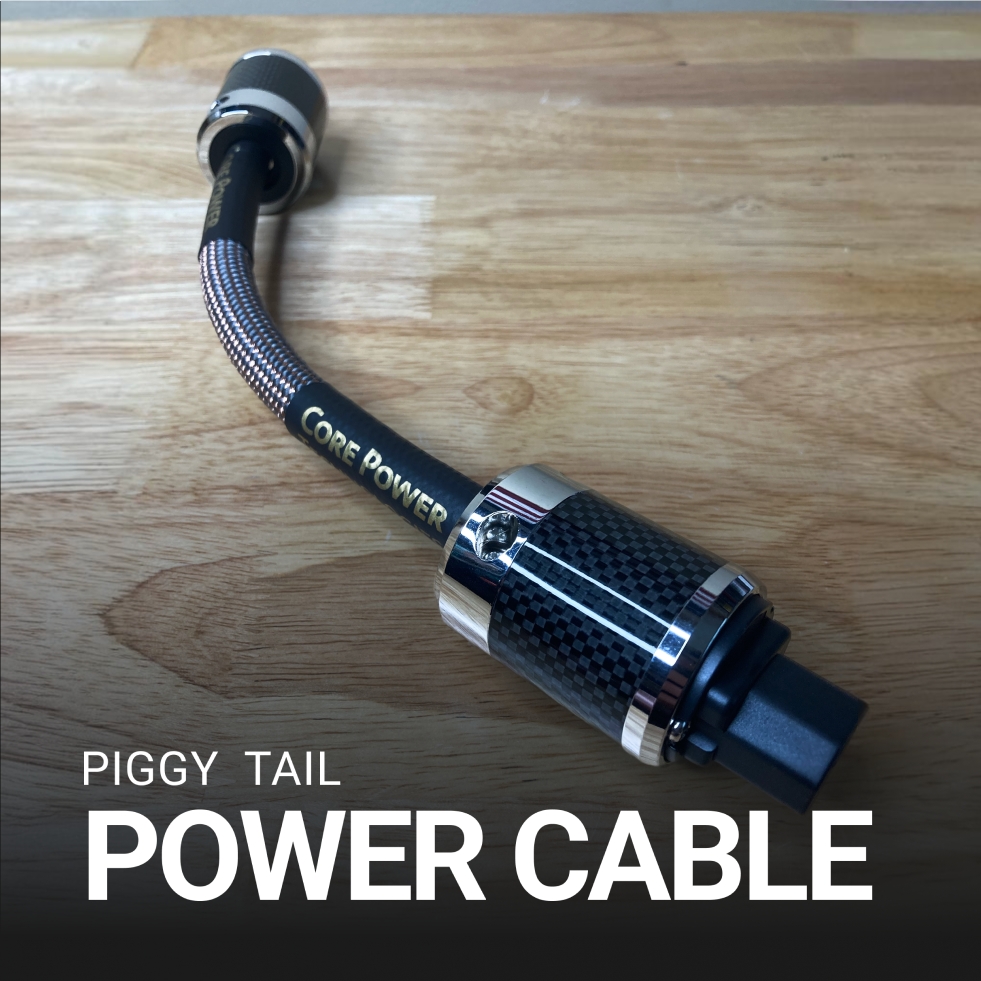
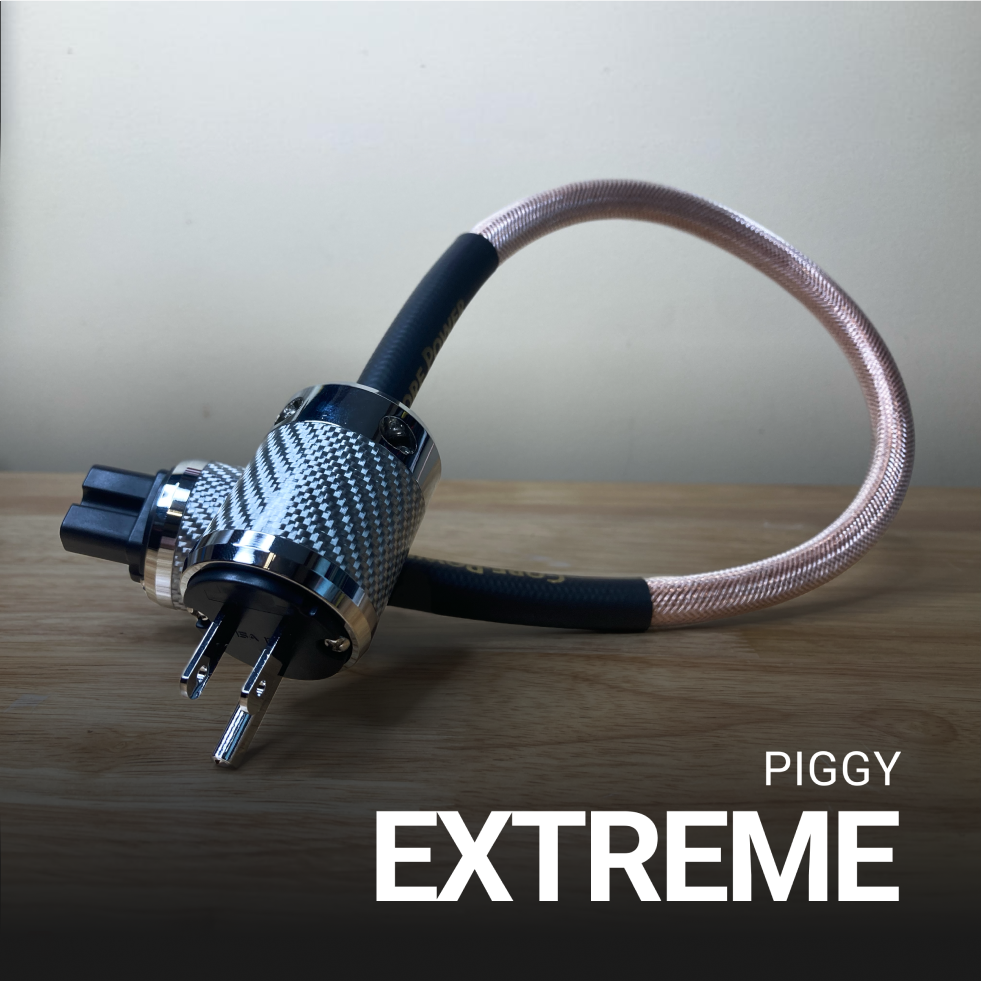
I’ve tried almost all the expensive fuses on the market and they all improved the component in some ways. However, I always worried that the sound improvement would diminish over time with these expensive fuses.
For reference, these are being used in a very high end and highly resolving system. This is the 7th Swiss Digital Fuse Box that I have purchased and will likely buy more. Compared to the other high end fuses that I’ve owned, I find the improvements in all area of performance, rather than just some areas. Noticeable uptick in resolution, soundstage, without any coloration. Also, they do not lean out tonality or make the bass tubbier. Some of the other fuses made the bass a little out of proportion with the other frequencies. I find the SDFB to be the most balanced of any fuse that I’ve tried and I don’t need to be concerned with the improvement in sound quality diminishing with time. Easy recommendation!
I have Graphene Sluggos in my Decware amplifier and preamplifier along with my modified Cambridge Audio CXV2 DAC/streamer. I just added a fourth in my Space Tech Labs STR-1002-Super (tube rectifier). Wow, just as with previous equipment this little metal rod added another level of increased dimensionality and realism to my listening experience. Highly recommended.
Really good uplift in soundstage, tonality and dynamics! No doubt about it or placebo!
The sound feels more pure!
At around 300 hrs like clarified by mark , the effect becomes very obvious!
I will probably go one for amp and one for streamer .
Bravo!
Not just a tweak, but an incredible upgrade. Just throw that boutique fuse away.
I have a complete Spectral-system (SDR-4000, DMC-30SV, DMA-200-S2), in combination with a heavily modified Klyne phono stage. Over the past 10 years, I have invested a lot of money in improving the system, particularly in the cabling (MIT Oracle) and power supply. But no tuning measure - really none - brought about such an improvement in sound quality as the use of -currently - two SDFBs in combination with the Graphene sluggos.
The Graphene-Suggos are the only right choice - even with Spectral: The copper Sluggos sound too warm, upfront and lack resolution (at least for my taste); the Super Sluggo doesn't come close to the Graphe Sluggo in terms of naturalness.
My system has never sounded as good as it does now. To improve it further, I would have to spend at least 10 times the price of the SDFBs. Thank you, Mark, you are so great!
I have replaced all the fuses in my system and the difference is a noticeable improvement in clarity, tonality and I no longer have d to worry about blown fuses. Personally I prefer the solid copper fuses in my system. The nice thing is that there are different sluggos that offer different “flavors” to compliment different audio systems each offers a different and unique enhancement to the sound. I have found this approach to work better for me than purchasing high end fuses that can blow.
First of all, thank you Mark for helping me to resolve a dispute with the Romanian distributor of Vera-fi products and my advise, buy directly from Vera-fi.
In the past, I was using Synergistc Research fuses, Orange included. Then replaced them with Verictum X fuse (fullbodied, slightly darker with excellent timbre). QSA Violet was the next one, better resolving, transparent with great clarity. And now, graphene sluggo for SDFB. I need to stress, graphene sluggo require extensive burn-in, Mark calls the process „cure” as more adequate and it takes about 300-400 hours which I confirm. I was burning them in continuosly and checking every 24 hours. Typical rollercoaster. After 250 hours I was not happy with the outcome, slightly bright and light sound, lacked body, weak treble I even considered going back to fuse in one of the components. I continued burn in, used PAD CD (System Enhancer Burn-In & Demag CD-R) to accelerate the process. After 310 hours (2 nights on PAD CD :) included ) bingo, I broke them: fleshed out, organic, holographic sound with excellent resolution, extended treble, open and airy soundstage. The brightness had gone. Slight fluctuations occured beyond the 310 hours mark but I knew what to expect at the end of the journey and I was fully satisfied with it. I’m happy I tried the Vera-fi solution. Sluggo eliminates the bottleneck allowing my system to breath, delivering „unlimited” current, improving bass extension and slam, improving dynamics and sense of realism.
This is my third SDFB and I used this on my preamp, after the first 2 being installed on my DAC and my streamer. I get a little more of everything when I replace the standard fuses with the SDFB's. The improvements are obvious and immediate. Im not going to go into all the standard audiophile terms like musicality, PraT, and all the rest. It just gives me a better, and more realistic
listening session.
I ordered 2 SDFB's along with Main stage and Snubway along with Snake River Audio Takshaka Power cables and Shorties for my Weiss 501 MK2 DAC and Parasound Halo A31 Amp. The paring has resulted in a significant upgrade to the width and depth of the Sound stage and providing more air and timber around instruments. This combination while expensive provided a n impressive sonie upgrade that I'm very pleased with and I just sit back for the first time in 35 years and honestly just enjoy the organic nature of my system. I've found the Vera-Fi products to provide excellent value for the performance gains received and Mark and his team are extremely kind, courteous and always there to ensure you are an informed and satisfied. I wish all companies provided the kind of customer service Mark and his team provide. I love doing business with Vera-Fi Audio.
I recently replaced the stock fuses in both my SSZ and Tempus PSU with the Graphene Sluggo.
Even at the start there was a sense that something had shifted, but this is not the kind of upgrade that shows everything in the first hour. In my case it really came into its own after about 300 hours. The first 50 hours the treble had a slightly tighter character and the mid-bass felt restrained. Around 150 hours the presentation started to relax, with better flow and more natural layering. By 300 hours dynamics felt settled, micro-details became more apparent, and the whole system sounded more connected.
What stood out most to me was the neutrality and transparency. It does not push the tonal balance in any direction, it simply lets the system speak for itself. Highs extend cleanly without harshness, keeping fine texture and air. The midrange has a natural presence with good retrieval of subtle detail. Bass is well controlled, evenly weighted, and separated with clarity.
On the SSZ, highs became smoother while keeping resolution, and the soundstage felt more open in both width and depth. Vocals gained more dimensionality compared to the stock fuse. On the Tempus PSU, tonal balance stayed consistent, but resolution improved across the range, making instrument separation easier to follow.
Mark at Vera-Fi has been great to talk to. Every question I asked was answered with detail and warmth, which made the whole experience more positive.
After this I plan to gradually replace all the fuses in my system with the Graphene Sluggo. For anyone using SSZ or Tempus PSU who wants more resolution and detail without altering the system character, this could be worth considering.
Swiss Digital Fuse Box Reviews on YouTube

SG Live Acoustics
Before & After Installing Swiss Digital Fuse Box | Sgliveacoustics $50,000 Hi-Fi Setup, Instrument
Articles about Swiss Digital Fuse Box

Positive Feedback
Tom Gibbs and Bruce Kinch awards SDFB with Graphene Sluggo for 2024 Writers' Choice Award

What's Best Forum
SDFB improves separation, detail and clean but not sterile, it is musical and super engaging says Mr. Miyagi from What's Best Forum

Head-Fi Forums
BShaw featured SDFB on Audiophile Grade Fuses threads on Head-Fi Forums
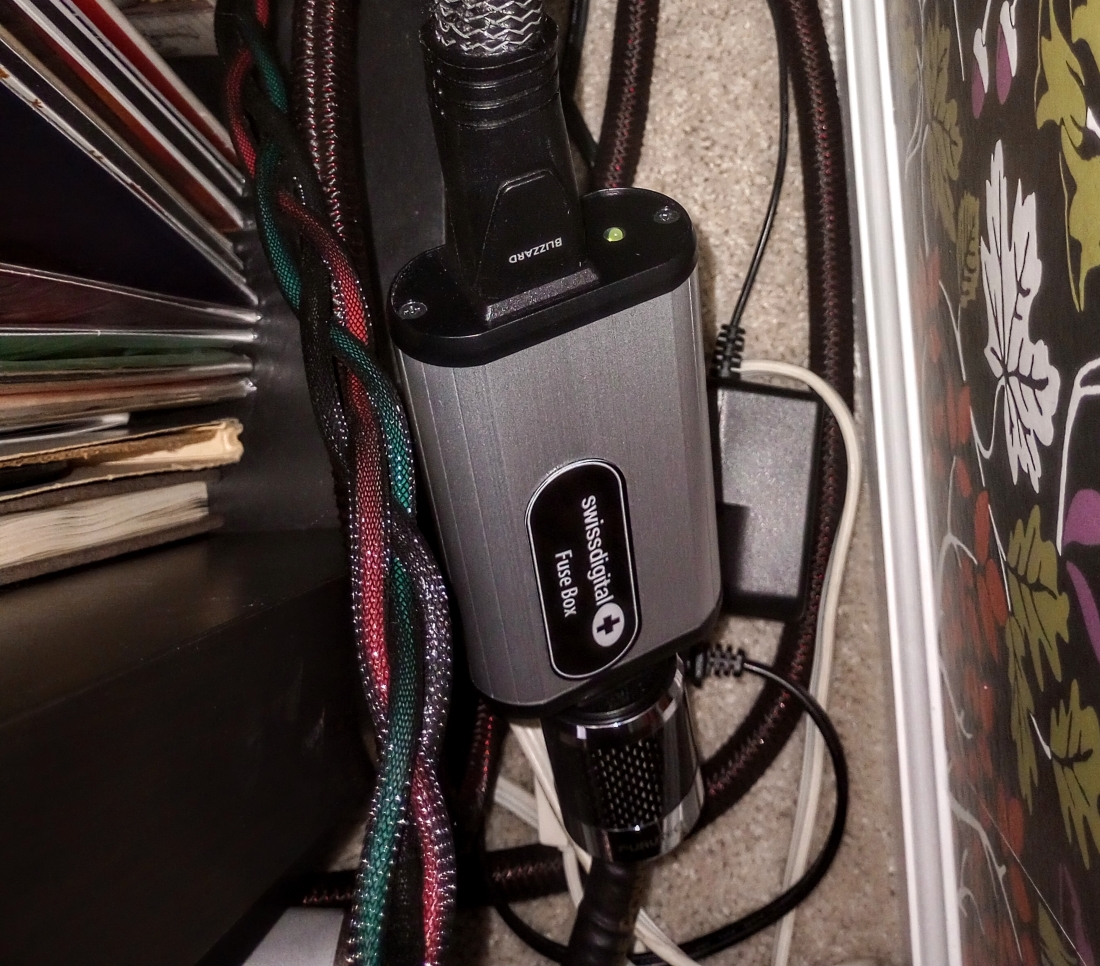
Positive Feedback
Providing a Path to Unrestrained System Performance
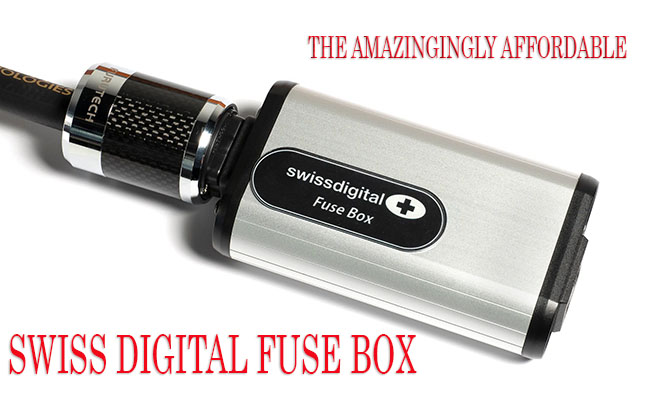
Stereo Times
This accented the intimacy and closeness of the performance and enhanced the sense of stereo as more natural.
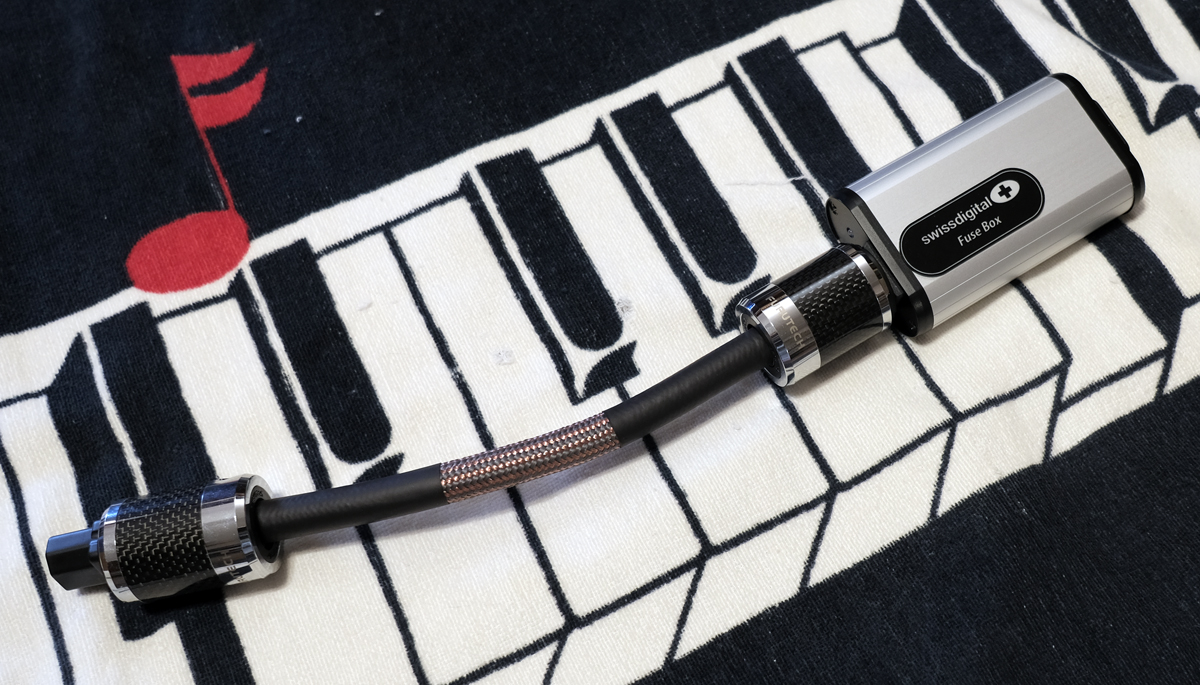
HiFi Audio Guru
Follow-up: Vera-Fi Audio's Swiss Digital Fuse Box, Now with the Graphene Sluggo
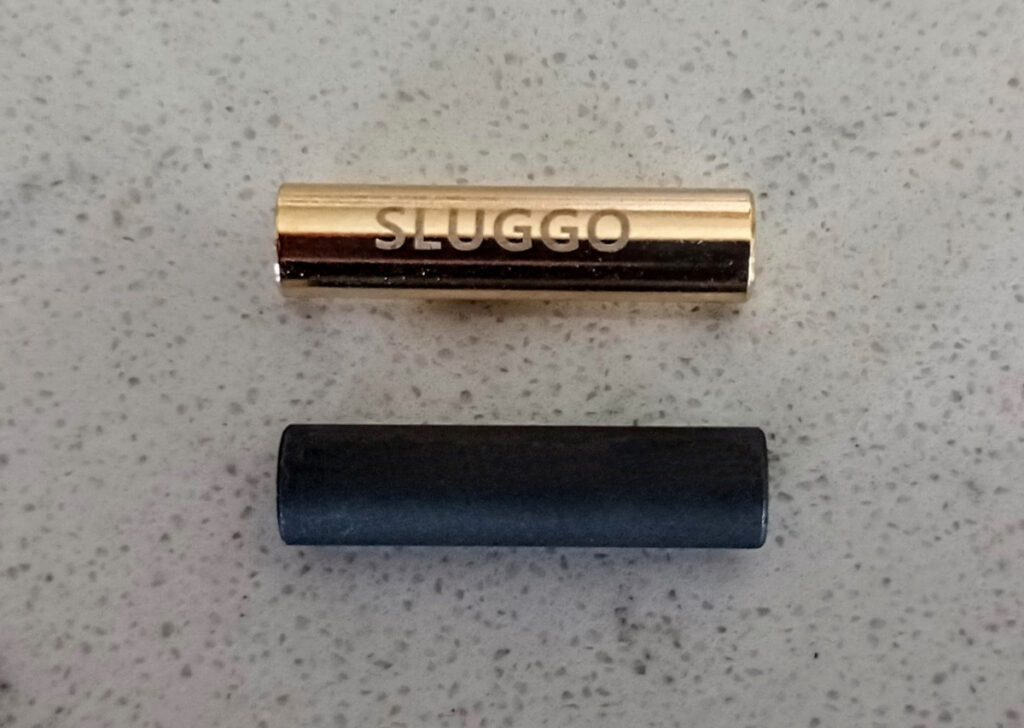
Positive Feedback
Swiss Digital FUSE BOX a Better Link in the Chain
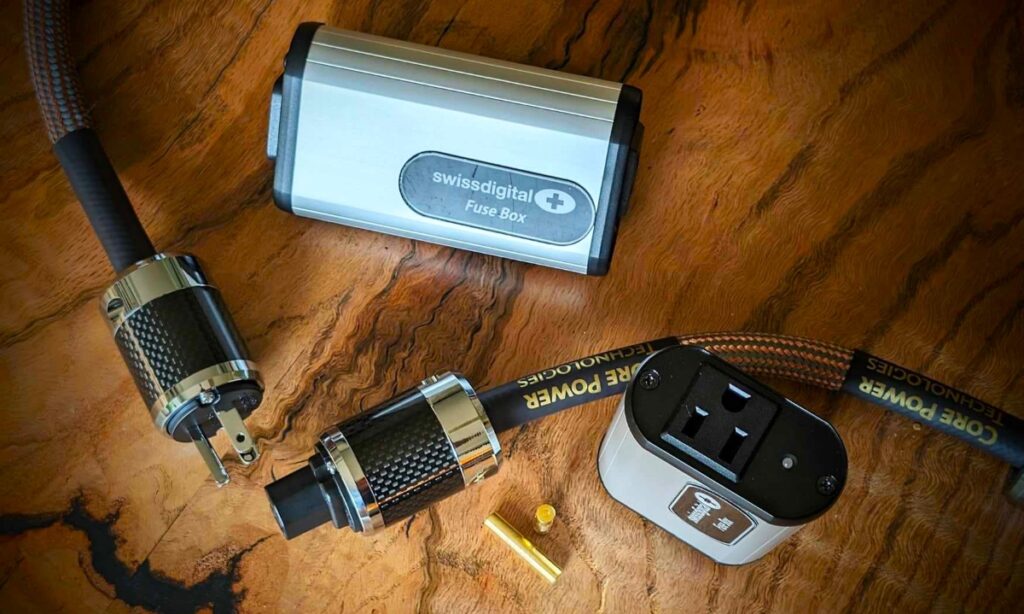
Audiogon Forums
Swiss Digital Fuse Box - "What headroom sounds like"
Frequently Asked Questions (FAQs)
What is the Swiss Digital Fuse Box (SDFB)?
The SDFB is a device designed to improve the performance of your audio equipment by eliminating the weakest link in every system, which is the Fuse. The Fuse degrades with time and actually imparts an Impedance in and of itself. The SDFB is MicroProcessor Controlled and uses a State-of-the-Art Hall Effect Sensor to PROTECT your equipment.
How does the SDFB enhance audio performance?
By replacing conventional fuses with a metal rod called Sluggo, the SDFB reduces resistance and allows for better current flow, leading to improved midrange and treble clarity, increased power handling, and a more defined soundstage. We can promise a more refined bottom end as well.
Is the SDFB compatible with all audio equipment?
The SDFB is designed to be compatible with a wide range of audio equipment. However, it's essential to verify compatibility with your specific devices before installation. Please contact us here. Fuse Box works with gear rated at 500mA to 12 amps, with either Fast or Slow Blow varieties.
How does the SDFB provide protection without a traditional fuse?
The SDFB utilizes a microprocessor coupled to our precision Hall Effect Sensor / and Relay to monitor power flow, automatically opening the circuit in case of anomalies, thus providing protection without the need for a traditional fuse.
Can the SDFB be used in European audio systems?
Yes, SDFB is available in three voltage configurations:
- 110v, 60Hz
- 220/240v, 50Hz
- 220/240v, 60Hz (rare but used in a few parts of the world)
For users in the EU or parts of Asia, we recommend the following setup to ensure optimal performance without the need for adapters:
- Input Connection: Use your existing power cord to connect the wall outlet (whether Schuko or 3-blade US plug, as used in some regions) to the input side of the SDFB.
- Output Connection: Consider using one of our NEMA 15-type Piggy Tail power cables to connect the output of the SDFB to the IEC input of your audio equipment.
This configuration has been successfully implemented by over 200 SDFB users in the EU, delivering safe and exceptional results.
By following this setup, you can seamlessly integrate the SDFB into your system, enhancing performance while maintaining safety and compatibility.
What is the role of the Piggy Tail power cable in the SDFB setup?
The Piggy Tail is a short power cable designed to connect the SDFB's output to your audio equipment's power input, ensuring a secure and efficient connection.
Does the SDFB require any special installation procedures?
Installation of the SDFB involves replacing the existing fuse with the provided solid copper rod and connecting the device using the appropriate power cables. It's recommended to follow the manufacturer's installation guidelines or consult a professional.
Where can I find Vera-Fi Audio warranty information?
You may find information about warranty here.
Follow Us!
Subscribe to our mailing list for insider news, product launches, and more.
- Choosing a selection results in a full page refresh.
- Opens in a new window.
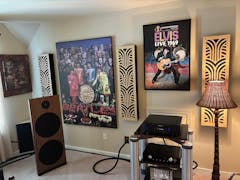
I have mine for a week or so; I have more on order, including the Snubway. But just this one unit has made an impact for the positive, so I am hoping to build on this. It is outlet d, and depending on which outlet it is plugged into, the results can vary, depending on the outlet position in the room. I put my in the Garage by the 1st AC outlet n to the fuse box after reading on that would be a good place for one unit, and they were right, right away the TV Sound bar and the 3 subwoofers connect sounded more dynamic, and the sound was more natural and with more body, what surprised me was on the 2nd level where my Stereo is it made a positive impact there also, I went down and unplugged it and went up and listened again and there was a drop off in presence, body and weight to the music as well as lacking the detail, piano is what I used with a stand up bass, to keep it simple, all sound more real with the one unit plugged into the outlet by the fuse box, so one is staying when I get the others I will built from there and see the extra ones impact, Mark is going to send me a package that he feels will work best for my system, Mark been great even took the time to call me to answer some questions on his products and which would be best for my needs. So try different outlets, let the unit burn-in for a week or so, the only time it hurt the sound was when I put it in the outlet before the Core balanced line conditioner; those two did not play nice together at all, lost mid-bass and bass, sound was thin, but that was the only time, I will try a Snubway there when I receive it. A good product, give it a try.
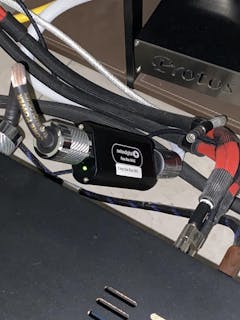
Really good uplift in soundstage, tonality and dynamics! No doubt about it or placebo!
The sound feels more pure!
At around 300 hrs like clarified by mark , the effect becomes very obvious!
I will probably go one for amp and one for streamer .
Bravo!
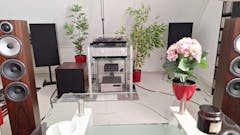
I've recently replaced my B&W 705 S2 standmount and B&W ASW608 sub by a new B&W 704 S3 floorstander. Incredibly good speakers, especially considering the price. The dual woofers reach down to 48Hz, but I still missed that last octave. I was looking for a suitable REL sub but after seeing so many good reviews about the Vanguard Caldera 12" Active Subwoofer I decided to give it a try. I thought it would be difficult to get one in the Netherlands. However thanks to Ace from Vera-Fi, he managed to do that; my sub arrived on location in 11 days. The price-performance ratio is out of this world. I thank Ace for all his efforts and Vera-Fi for an incredible deal.
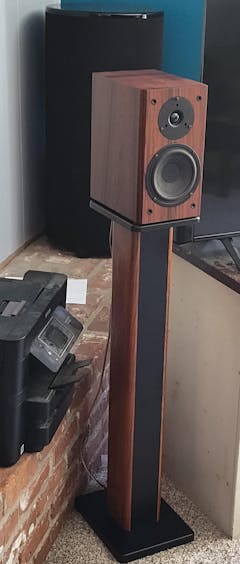
I bought these because I have been in love with Rosewood veneer since I first saw it as an extra cost option for some $5000 speakers in the '90s. Never expected to be able to afford a pair of Rosewood veneered speakers, but then found these for under $300. I pulled the trigger, ASAP.
When they arrived, I gave them >50 hours of 85dB in room playback of the radio with them facing each other under a comforter and wired out of phase to damp down the noise. After this, I gave them a listen. Beautiful, and they sound spectacular for their price point. I felt like I won the lottery; a scratcher, not the PowerBall, but still :) I was used to a bookshelf pair w/ lite mid-bass response and slightly "crisp" highs, and these (in direct comparison) had excellent mid-bass response and are just a bit laid-back in the very highest registers to my ears. I use them with a 500-watt RMS ported 12" subwoofer crossed over at 100Hz and get good output from them with an 80-watt per channel RMS amp. Like easy, no strain, >90dB at the listening position 12' away kind of "good output". For movies, tv, and music. Plenty for me.
If you like beautiful speakers, good sound (though not detail monsters like the AMT-tweeter based speakers I have in the bedroom), and spectacular value don't be afraid to pull the trigger on these Vanguard Scouts. Just please don't expect "giant killing" sound quality for under $300, and I promise you'll be happy with your purchase.
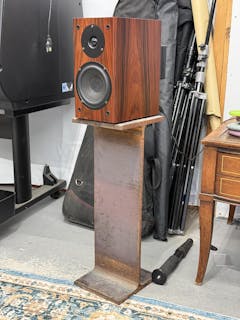
I’ve never had good speakers to listen to music on, so this was a big leap for me. I bought the Vera link combo and the 10” caldera to go with them. Mark has answered every question of mine personally and he advised that I connect the vera-link to the high pass input and then out put with some cables to the speaker and it works like a charm! Even though I am listening to music through my bluetooth on my iPhone, it sounds absolutely amazing!!

Excellent built quality, a ported sub that sounds closer to sealed sub and for only 348 euros? Insane but true, the Caldera 12 will sound just as good in my room for music or home theater, i cant recommend this sub enough! Go dual for bombastic room filling low notes imo. The only gripe i have is the auto on off which turns the sub off after only 10 seconds, i would recommend at least 1+ minute of inactivity to turn off so lets hope they boys in the lab will sort this out on the next batches! Excellent job Vera Fi team!

"First, I'd like to thank **Mr. Ace**. He was a great help with the delivery.
The **SnubWay - Noise Defender** has enhanced the audio system. A new level of sophistication has been added to the system, which was previously a straightforward 'Main Stream' setup.
Firstly, I feel like the **soundstage is wider**.
And I feel like it has captured the **subtle vibrations and noise**.
Frankly, I had been briefly tempted by Chinese-made products due to their price advantage.
However, **vera-fi-audiollc** clearly demonstrated the **technical gap** between those products and this one.
Thank you."

This is my first Hi-fi set of speakers I have ever bought. Before this, I listened to BOSE speakers.
WOW.... what an upgrade these Vanguard scout speakers are!!
I had to wait a couple months to get my order (because of tariffs), but Mark and his team were really amazing at answering all of my questions and updating me with the progress of my order.
I ordered the Caldera 10 sub, vera-link amps, and the scouts and Mark helped me to understand how to plug the vera-links bluetooth amps into the subwoofer through the high-pass input and output through the high-pass directly to the right scout speaker and it works like a charm! I couldn't be happier!
You will see two pics in my review of the back of the right vanguard scout speaker, because I wanted to show you that if you have to peel the velcro off of your speaker and place it elsewhere, it doesn't leave any residue to clean up! It's not a huge deal, but it certainly made my life easier.
I am a fan for life and will be ordering some of the new things they are working on in the future!

I purchased three Caldera 10's to go with my three pairs of Scouts. I love them, so I purchased 4 more to get small rooms 2.1 & large rooms a 2.2. I love speaker systems but I haven't had a good set up for years. I looked into this for months. I didn't know what my sound system was missing till I got the lower end filled in.

Great speakers, right in my budget. I purchased one pair, broke them in, loved them, and then purchased 2 more pairs. I had the option of ceiling speakers but bookshelf sound so much better. The Scouts allowed me to get great sound and budget. I have them in several rooms now. 2.2 in the main rooms and 2.1 in the small rooms. When connecting a Caldera 10 it was suggested to put a HPF 70h on the Scouts. I haven’t been able to find a good low cost 70h, closest so far is 80h $25. I purchased (3) pairs of Scouts and (7) Caldera 10. So HPF is important to focus more on the mid and high’s. Really really like Vera-Fi Scouts and Caldera’s!!!

